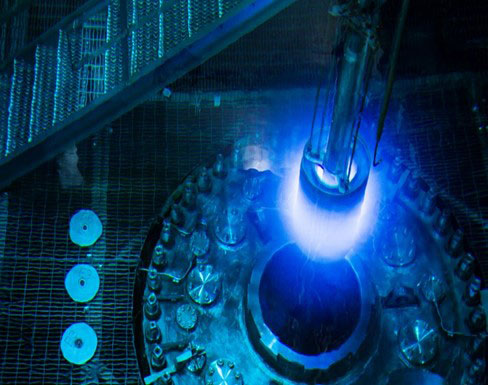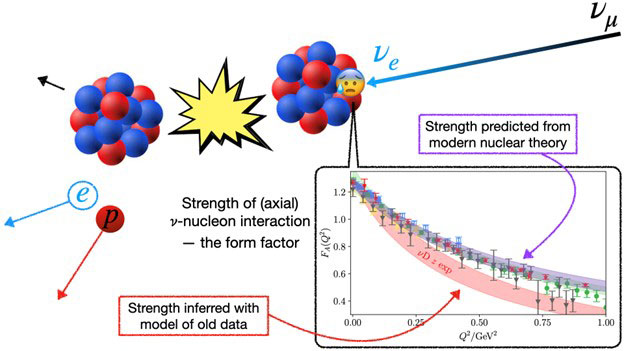BELLA World Record Sets Stage for Laser Experiments in Novel Acceleration Techniques
Laser Delivers One Petawatt of Power in a Pulse only 40 Femtoseconds Long Every Second

The Science
On July 20, 2012, the laser system of the Berkeley Lab Laser Accelerator (BELLA) set a new world record by delivering more than one petawatt of power in a single pulse at a pulse rate of one hertz. Other lasers have produced more powerful pulses before but none has had the capability to produce subsequent pulses with a one-second turnaround time.
The Impact
The laser’s peak power will be harnessed to accelerate electrons to new energies via the technique known as laser plasma wakefield acceleration. Unlike conventional particle accelerators that use RF fields to accelerate charged particles over long distances, the plasma wakefield technique uses large electric fields generated within plasmas to accelerate charged particles to high energies over much shorter distances. The high repetition rate combined with the high power of each pulse will allow users to perform critical experiments to optimize laser plasma acceleration and make it a viable method for particle acceleration.
Summary
Because BELLA’s laser has such high power and a high repetition rate, it will allow users to optimize the system in ways that can’t be done with lasers that fire a single shot a few times a day, which means that producing 10 GeV electrons is well within BELLA’s grasp. And because BELLA’s power and repetition rate are so high, a new door will open that will allow experiments with laser plasma wakefield acceleration to proceed with better controls and at a faster rate. The stage is set for the future development of compact particle accelerators for high energy physics and table-top free electron lasers to investigate materials and biological systems.
Contact
Wim Leemans
wpleemans@lbl.gov
Funding
Basic research: Office of Science High Energy Physics program
Related Links
http://newscenter.lbl.gov/news-releases/2012/07/27/bella-laser-record-power/
Highlight Categories
Program: HEP
Performer: DOE Laboratory



